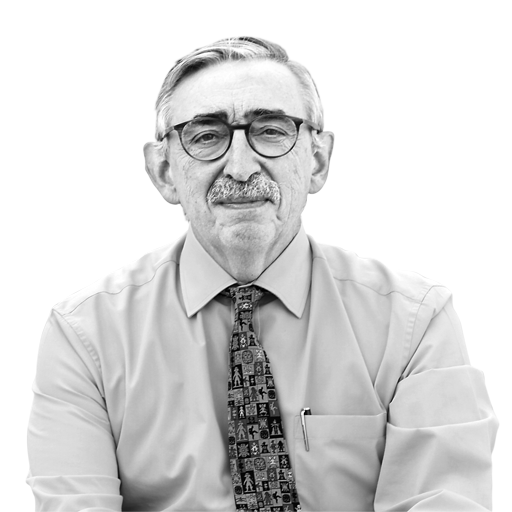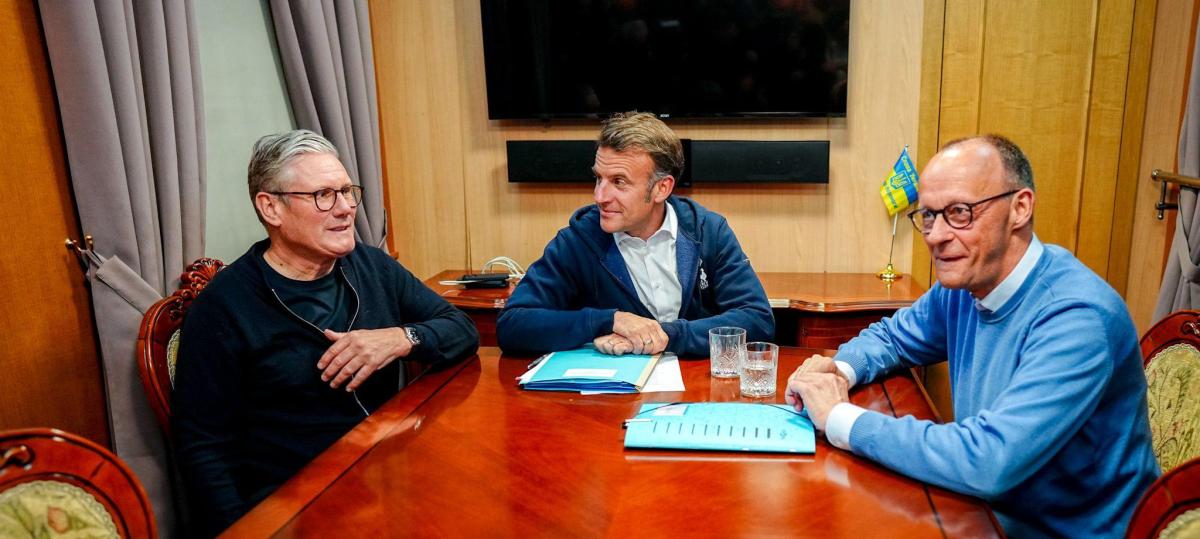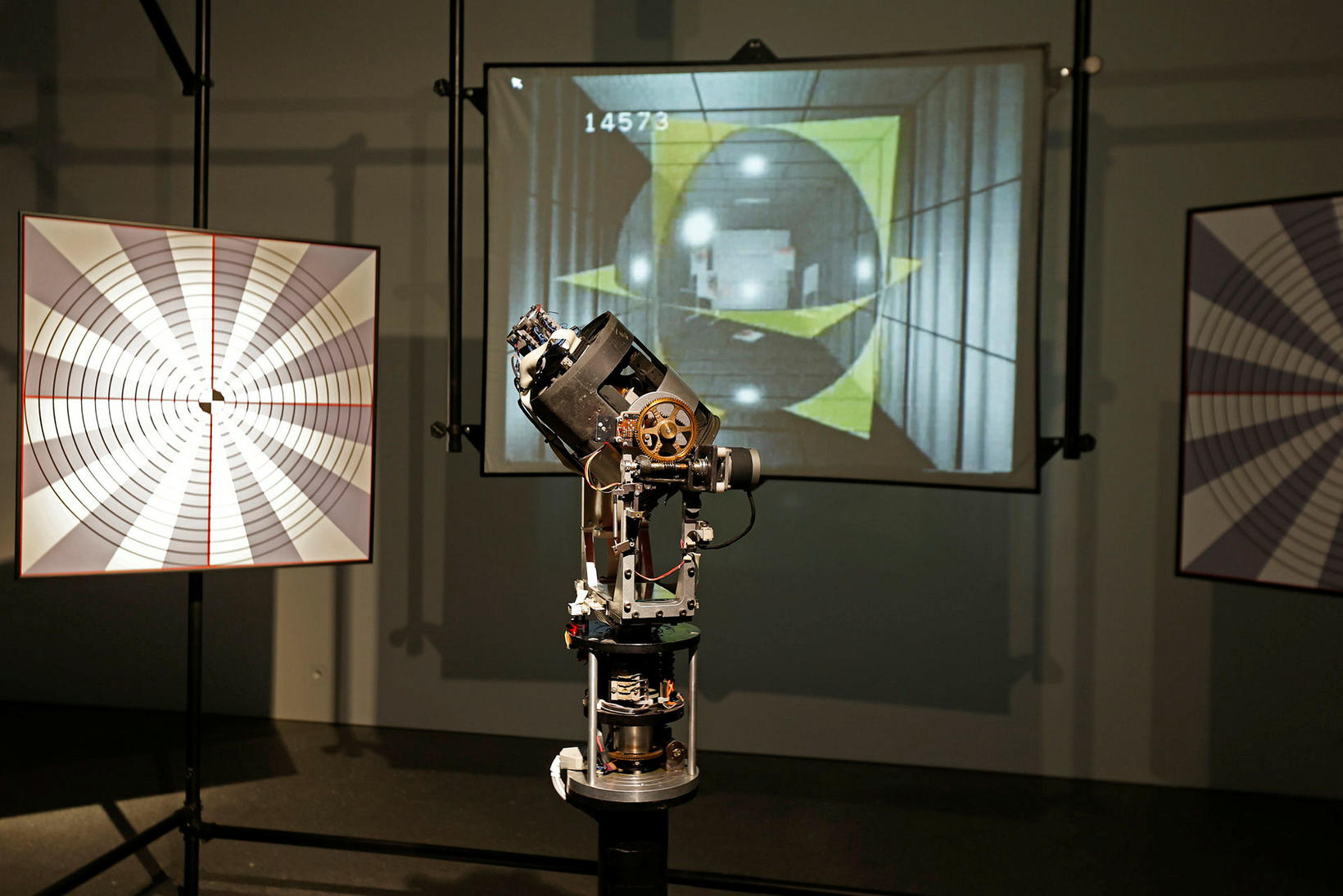Conclaves. Of the three popes to the death of cardinals

What existed in the place that is the state of the Vatican today?
It was a ‘circus’ for quadrigine races and was built by Emperor Caligula, having been his nero nero to complete the work. It had a capacity of 20,000 people. In this place were martyred many Christian, with the first Pope, St. Peter, was crucified upside down. About 300 years later, Emperor Constantine had a Christian basilica built. Supposedly St. Peter is buried in the Sistine Chapel.
Did the popes always lived in the Vatican?
No, due to political and religious wars, there were popes who lived in the Italian cities of Anagni, Orviet, Viterbo, as well as in the French city of Avignon.
The Vatican City State has existed legally since when?
Since 1929. The agreement has been signed by Cardinal Pietro Gasparri and Prime Minister Benito Mussolini, on February 11. The agreement between the kingdom of Italy and the Holy See became known as the Lateran Treaty.
At some point was there more than a ‘exercise’ pope?
Yes, in 1417 there were three popes, some recognized by certain countries or zones of Italy, others by different countries.
Is there a private property in the Vatican?
No, the state of the Vatican City is an absolute elective monarchy that does not charge taxes, does not allow private land property and does not recognize the right to vote. Everything belongs to the Holy See.
Are there stores in the Vatican?
Within the state of the Vatican City there are some stores, such as Vatican museums, a food store, a goods store where you can buy thick and the cheapest fuel supply post in Rome, which can only be used by Vatican employees.
Which pope created the most cardinals?
John Paul II, ‘named’ 231 of 69 nationalities in nine consisting. Paul VI appointed 143. Benedict XVI was 90 and Francis by 162.
Does the Vatican issue birth certificates?
Due to its peculiar legislation, although the Vatican is a state, it does not issue birth certificates. If a child was born in the state of Vatican City, he would have Italy documentation. No priest has the nationality of the Vatican.
What is a ‘in pectore’ cardinal?
Those who saw the movie Conclave remember the figure of the cardinal ‘in pectore’ that ends in Papa. But let’s go to the book. ‘This is a cardinal whose identity is known only by the Pope, so there is a secret « in his heart. » This refers to cases in which the pontiff prefers not to reveal the identity of the new cardinal for reasons of safety, prudence or personal character. If a pontiff dies without revealing his name, this appointment will not be valid. This is what happened to the last named by Pope John Paul II. Benedict XVI and Francisco did not name any.
How many popes existed?
From St. Peter to Pope Francis 266. It means that Francis was the successor number 265 of St. Peter.
Has there been a Pope woman?
No. The story about the proximity of a woman with Pope John VII (9th century) was misrepresented and collected in the thirteenth century by Martin de Opava in her ‘Chronicon Pontificum et Imperatorum’. This is the story of “Papa Joana”, spread in the sixteenth century by some Protestant groups to discredit the papacy. It tells the story of a woman who pretended to be a man and became a bishop of Rome. During a procession, the supposed papa fell to the ground and began to give birth, so the people discovered the mistake and murdered it.
Since when do popes change their names? And which one is used?
The first pope that changed its name was Mercurio di Proietto, who adopted the name of John II. The most used name so far is precisely John. 25 Pontiffs have adopted this name, including John Paul I and John Paul II
Has a pump in the Sistine Chapel has fallen?
In fact, it was not a bomb, but of an explosion that occurred in 1797 in the gunpowder of the Castle of the Holy Angel, near the Vatican. The impact of shrapnel reached the sistine chapel and destroyed part of the ceiling and vault painted by Miguel Ângelo. This is the scene of the universal flood. It is still possible to notice the absence of paint in that area.
What was the first conclave in history?
Between 1198 and 1268, the cardinals proceeded to the election in “protected” places. But the conclave was not officially instituted until Gregory X promulgated ‘Ubi Periculum’ in 1274, which drew it according to a scheme very similar to the present. According to this criterion, the first conclave would have been held in Arezzo in 1276.
What does the fisherman ring mean?
It is a symbol of the papal government, as it was used as a seal that guaranteed that the Pope had reviewed and approved a particular document. Now, by convenience, the Pope’s decisions are certified with a special seal and not with his ring.
Are the popes confessed?
Pope Francis said he used to confess himself every two weeks. Benedict XVI also spoke of his confessor when he died. And like all human beings, the popes are exposed to fall into sin and need the help of the sacrament of reconciliation. In any case, the Pope must also fulfill the precept of confessing himself at least once a year, and when he commits a serious or mortal sin. Each pontiff chooses its own confessor and spiritual director.
Are there photographs of a pope in agony?
Yes. Pius XII’s personal doctor (1939-1958), ophthalmologist Riccardo Galeazzi Lisi, photographed the pontiff’s agony with a small Leyca camera and sold the images to the magazine ‘Paris Match’. The publication of photographs showing the Pope lying and receiving oxygen generated a great scandal, and the doctor was expelled from the Italian medical association.
What were the shortest pontificates in history?
The Popes Sissino (seventh century) and Damaso II (11th century) ruled the Catholic Church for 20 days. In 1241, Celestino IV died 17 days after his election, without being crowned. His death is attributed to the harsh conditions of the conclave. Of the twelve cardinals who participated, two died during the conclave. The other cardinals fled from Rome after their death, fearing a new conclave would be called. In fact, it took two more years until one was summoned.
Pio III, whose civil name was Francesco Nanni Todeschini Piccolomini (1439-1503), was Cardinal Secretary of State of Five Popes and was elected to the papal chair in 1503, but died 10 days after his crowning of a gout attack.
Urban VII (1521-1590) died 12 days after his election, a victim of daladism. His pontificate was the shortest in history.
Leo XI (1535-1605) was constipated when he took office in the Basilica of St. John of Lateran and died 17 days after his coronation.
In 1978, John Paul I ruled the church for 33 days.
What was the longest conclave in history?
The longest papal election in history lasted 34 months, almost three years (1268-1271). The conclave was divided between the cardinals who responded to the pressures of the kings of Naples and Sicily, who represented the interests of France, and the Italian cardinals, who obeyed the German Empire. The conclave was so long that 19 cardinals began it and three of them died during the process. After a year of failed attempts, they were detained at the Papal Palace in Viterbo, and the authorities closed their doors to be isolated and unable to communicate. As they could not decide, the city magistrates increased the pressure and rationed their food, forcing them to elect a pontiff if they did not want to starve. They started to remove the roof to be at the mercy of the weather.
What is Swiss guard and what requirements are necessary to be part of the Vatican custody?
It was created by Pope Julius II on January 21, 1506, with the mission of protecting Peter’s successor. The requirements for being part of the Swiss guard are: being a man, single, having Swiss citizenship, being Catholic and completing military service. In addition, it should be over 1.74 m high, to be between 19 and 30 years old, have secondary education and driving license.
How does the Holy Spirit act in the conclave?
The Holy Spirit ‘watches’ the cardinals in the election of the new pontiff. Cardinal Joseph Ratzinger explained in a 1997 interview with Bavarian television that this does not mean that God « said » the candidate’s name, but that he « acts as a master. » « I would not say that the Holy Spirit chooses the Pope, because it does not assume control of the situation, but acts as a good master, who leaves a lot of space, a lot of freedom, without abandoning us, » he explained. In fact, « there are many popes that the Holy Spirit would probably not have chosen, » he emphasized. «The role of the Holy Spirit must be understood more flexibly. It is not what a candidate is to vote for. Probably the only guarantee you offer is that we will not spoil everything », he explained.
Are there superstitions about the conclave?
The Sistine Chapel has in one of its side walls a fresh perugino with the scene of Christ to deliver the keys to Peter. Superstition said that the cardinal who was sitting in place under that cool was the most likely to be elected. It seems that at least three popes sat like cardinals under this fresh during their concludes: Julius II, Clement VII and Paul III.
What does the votes be more than voters?
The votes are burned and the election is repeated. This is what happened in the fifth scrutiny of the March 2013 conclave, when a cardinal introduced, by error, two votes (papers) in place of one.
What happens if the elected refuses to the position?
The scrutiny is taken up until a new Pope is elected.
How many popes renounced?
At least eight, by various circumstances. The first was Clement and followed: Ponciano, Silvério, Benedict IX, Honorio II, Celestino V, Gregory XII and Bento XVI.







